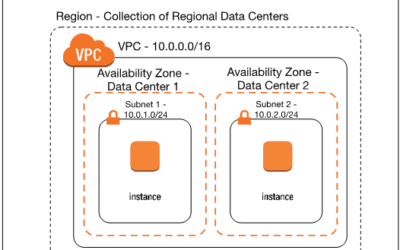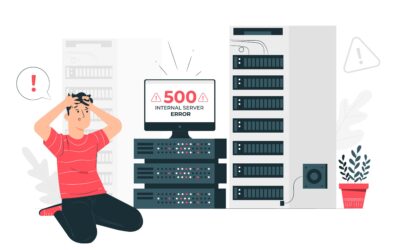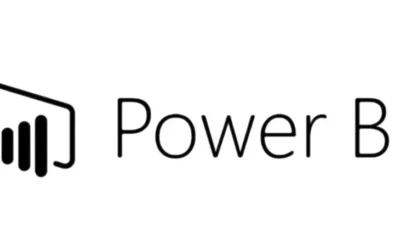High control and governance is a large focal point of Amazon’s Cloud services. Another solid service for maintaining the wellbeing and compliance of any AWS service is Control Tower, helping to further simplify governance with enough room to integrate third-party software for scaling. AWS Control Tower main function is for the construction and monitoring of new AWS environments regardless of size and complexity.
AWS App Development
AllCode has many years of experience with AWS App Development. We have experience with Kubernetes, ECR, CodeCommit EC2, RDS, S3, CloudFront, etc. We can help you migrate from your own servers to the cloud.
Developing E-Commerce with Amazon Web Services
Amazon continues to innovate with internet retail and how the customer’s experience is enhanced digitally. AWS continues to lead in fostering innovation and support of enterprises and retailers through the use of microservices, an API-first mentality, and cloud-native infrastructure. This has helped lay the groundwork for more sustainable online storefronts and provided customers with better services.
What is AWS Glue and Why are Pipelines Important?
The most important components of a service are the service itself and the sources of its data, but those parts are completely worthless if they are separate and without the necessary connective tissue between them. AWS Glue is a serverless data pipeline that assists in finding data sources, preparing those sources, and directing data accordingly to where it’s needed. It’s easy to use and supports multiple processing and workload types.
What is Wrong With my VPC Configuration?
The main purpose of the AWS Virtual Private Cloud is to keep any devices that want to avoid unauthorized access outside of public reach. Certain applications and top-priority data is kept explicitly within a confined network defined by the permissions the users set for the organization. However, there are a number of potential vulnerabilities that could occur that are all based on user-error and improper configuration of the VPC. AWS operates on shared responsibility and it’s partially down to the user to uphold their half.
AWS Virtual Private Cloud
If whatever is being launched on AWS needs to be private, the Virtual Private Cloud (VPC) provides enough functionality for such a task. It grants full control over the virtual network environment from resource allocation to security and is simple to start up. There are options for choosing the IP range, creating subnets, and configuring route tables. The only connections to this network are completely user-defined.
What to Do When AWS Goes Offline?
Amazon’s services are not completely iron-clad and applications built on the platform are still vulnerable to the occasional hiccup. When it does happen, there is a degree of shared responsibility between AWS and the developers of the web applications. All services are designed with redundancies in mind and much of the physical infrastructure does come with backup databases and availability zones to help cover for any instances that go down or are brought down for maintenance. Though data loss is mitigated, it is still advisable to prepare for the next incident.
Amazon Web Services – CodeCatalyst
When a development team is building out an application, it helps to have access to the same resources, have the tools for planning and testing, and to have access to the application all in one place. CodeCatalyst comes with a slew of continuous integration/continuous development (CI/CD) tools and can leverage other AWS services and be connected to other AWS projects on an account. As a collaborative tool, it is easy to introduce new members into the project and to log all activity or all tests from a single dashboard. It’s a complete package of all the tools needed to securely work on every step of an application’s lifecycle.
AWS QuickSight vs. Power BI
Business Intelligence is important to a firm in order to understand the data gathered from its various operations. Amazon does provide a service called QuickSight which is more tailored to use-by-use cases. By comparison, Microsoft has Power BI on offer with a much more universally applied pricing model but extensive customizability and modularity. Both do have a lot to offer on top of their compatibility to their respective organizations.
AWS Aurora
Among other services, Amazon also provides Aurora – a database service with a global presence that is compatible with MySQL and PostgreSQL at a mere tenth of the cost of traditional databases. True to AWS fashion, Amazon fully manages these databases helping to further reduce costs for the users and alleviate the need to dedicate resources towards maintenance. To prevent loss and damage, Aurora databases have nearly a 100% uptime with easy replication and a restoration of services in less than a minute. For newer users to AWS, immigrating data locally is incredibly easy.
AWS Certification Exam Tips
While Amazon does make acquiring certification for knowledge on their cloud services readily accessible, the process is still a large hurdle to overcome. The exams are incredibly tough and do have a B and above requirement in order to pass. Fortunately, there are plenty of resources both official and unofficial to help potential new experts to prepare. Everyone is better off knowing what resources they have to prepare for such a tremendous hurdle.










